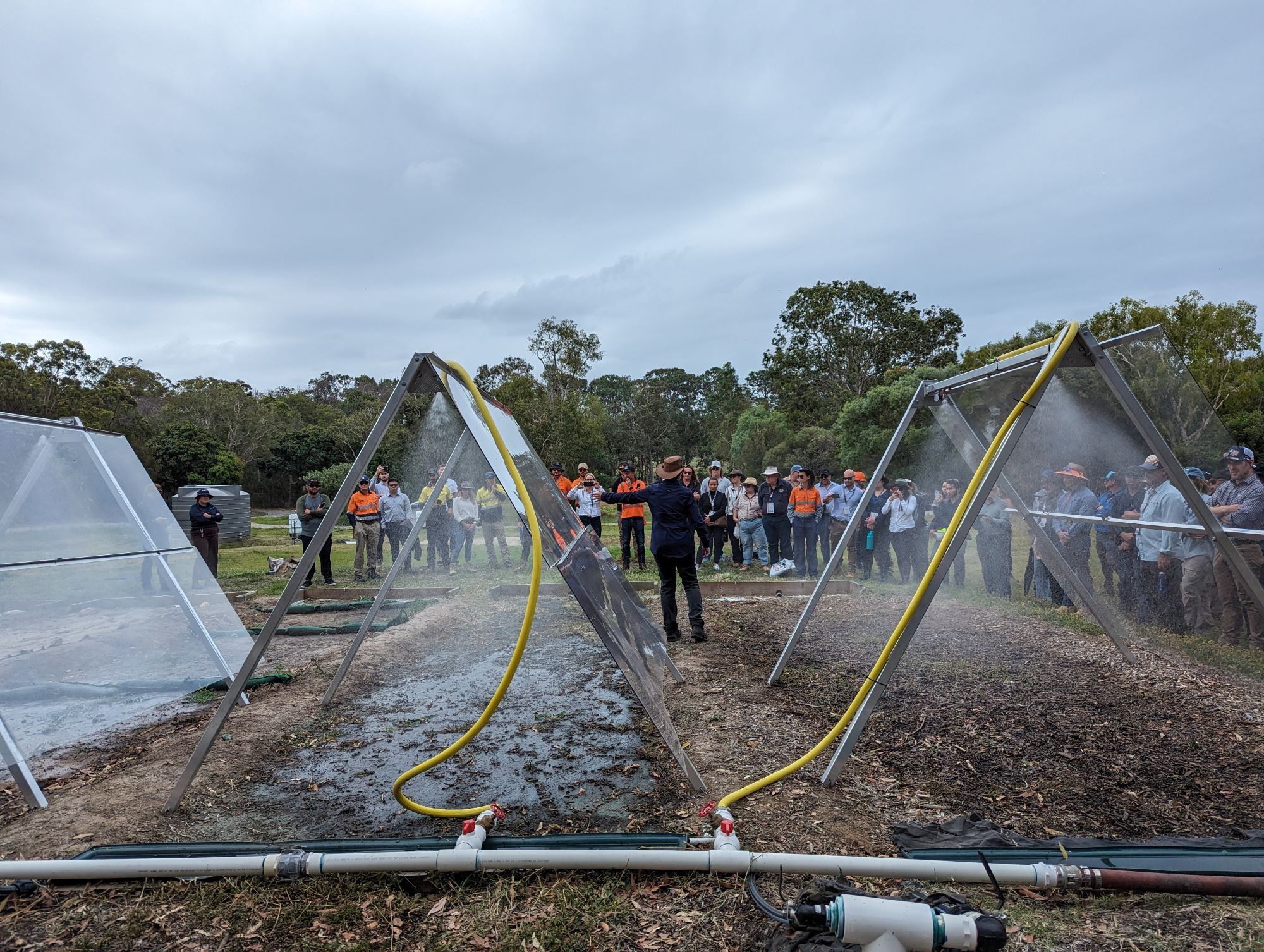
Evaluation of Erosion and Sediment Control Options Under Simulated High Intensity Rainfall
Recorded On: 2024/05/07
-
Register
- Non member - $40
- Professional member - $15
- Professional Plus member - Free!
- Professional Plus Org member - Free!
- Student member - $15
- Young Professional member - $15
- Emeritus member - $15
- Discounted Professional member - $15
- Australia Member - $15
- Australia Non-Member - $40
- Australasia Professional Plus - Free!
- Australasia Professional Plus Org - Free!
- Australian Student - $15
Evaluation of Erosion and Sediment Control Options Under Simulated High Intensity Rainfall
ON DEMAND

Presented by: Dr Luke Verstraten
Level: Intermediate
Duration: 1 hour
Type of Course: On-Demand
In any effective Erosion and Sediment Control strategy, primary erosion control should be a key focus. Erosion and sediment controls are beneficial for construction sites impacted by increases in high intensity rainfall events to reduce the burden on sediment basins. It is becoming common practice to increase design rainfall intensities to account for climate change making a focus on erosion control even more crucial. Substantial improvements to water quality can be achieved with erosion and sediment controls, with some erosion controls limiting TSS concentrations to well below the requirements of legislation under simulated high-intensity rainfall conditions. Effective erosion control methods help construction site policy makers, designers and erosion control professionals achieve the objectives for site compliance. By gaining an understanding of which erosion controls are effective in preventing sediment runoff, land users across various industries will be better equipped to effectively manage their sites and prevent sediment-laden water entering our waterways.

Luke Verstraten
Lecturer in Environmental Science and Engineering
University of the Sunshine Coast
Dr Luke Verstraten is a Lecturer in Environmental Science and Engineering, with a research focus on reducing the risk of flooding as well as the negative downstream effects of pollutants entrained in stormwater from construction sites and urban developments, both under current conditions and consideration of the impacts of climate change and urbanisation.



